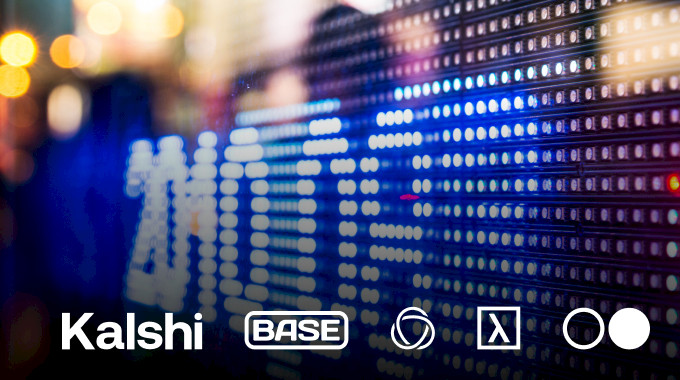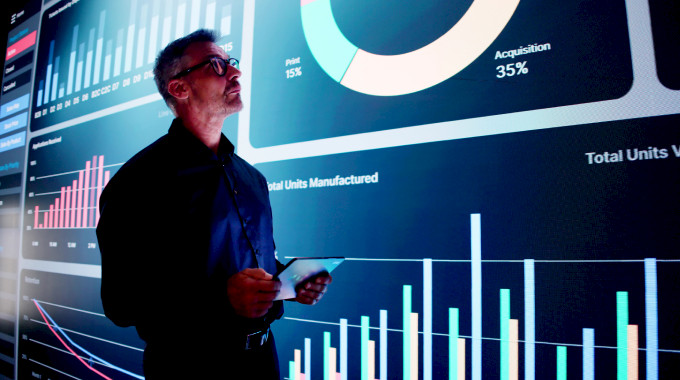SPACs everywhere are making waves with no slow down in sight. In the first several weeks of 2021, 231 new SPACs listed publicly, sending this year’s activity above and beyond the previously unprecedented 227 IPOs in all of 2020, according to S&P Global Market Intelligence.
And the records just keep breaking. Singapore’s ride-hailing giant Grab may go public with Altimeter Growth Corp. at a $40 billion valuation, which would make it by far the largest SPAC deal on record.
However, there is more than one way to benefit from the SPAC boom as an interesting trend emerging in the private market is demonstrating.
The deSPACing window
Activity in the private markets is showing a flurry of private shares trading in some of the better-known brands engaging in public-debuts-via-SPAC during what’s called the deSPACing stage of a SPAC merger. This stage comes after the merger between the public holding company and the identified private company it will merge with has been announced, but before the combined entity is public.
During this in-between period, the private company is still private, but the SPAC is public – meaning it’s possible to assess how the SPAC will ultimately be received in the public markets. Based on the reception to the SPAC and how it might perform, institutions and investors can decide if they want to jump on a buying opportunity and get in early – or insiders, VCs or other equity holders in the private entity can sell a portion of their stake to de-risk their positions prior to the lock-up period that will likely follow the public debut.
This is where 23andMe is now. The company announced a merger with the VG Acquisition SPAC, and the reaction on the public market has been volatile. That’s led to a flurry of activity on the Forge marketplace on both the buy and sell sides in anticipation of the soon-to-be-combined entity’s public debut – something we refer to as SPACing out.
Benefits of getting in early
There are benefits of getting in early and taking advantage of secondary market opportunities, and there are several approaches to consider. During the deSPACing period, investors have the option to buy shares of the SPAC on the public market, or when available, they can buy shares of the soon-to-be-merged private company on the private market.
According to Vox, early investors in the SPAC buy shares at $10 each, and have the option to redeem at the same price if they don’t like the chosen private company. Investors who get in on private companies via the secondary market long before these companies are targeted by a SPAC typically are buying at lower valuations then where the SPAC closes.
For example, DraftKings Inc., the fantasy sports and betting operator, went public in April 2020 using a blank-check firm Diamond Eagle Acquisition, which listed in 2019 at $10 a share. As its lockup expired, DraftKings was up 122% from it’s listing price of $10/share. If you bought 10,000 shares at $3.50-$4.50 during the deSPACing period ($35,000-$45,000), your shares were converted to 3,574 DraftKings shares after the combined entity went public and are worth nearly $250,000 today (DraftKings has been trading at $70/share).
However, Vox cites a Yale Journal on Regulation study, led by NYU Law's Michael Ohlrogge, of nearly 50 SPAC mergers in 2019 and 2020 that found that, for those who invested in the public entity through the public markets during the deSPACing period, some 97 percent either redeemed or sold their stock by the time the merger closed.
Time will tell how the SPAC boom nets out for these players long-term, especially as lawmakers feel pressure to take a closer look at the process. In the meantime, it’s important for investors and private companies alike to know where there are opportunities – and risks – throughout a SPAC’s lifecycle.



